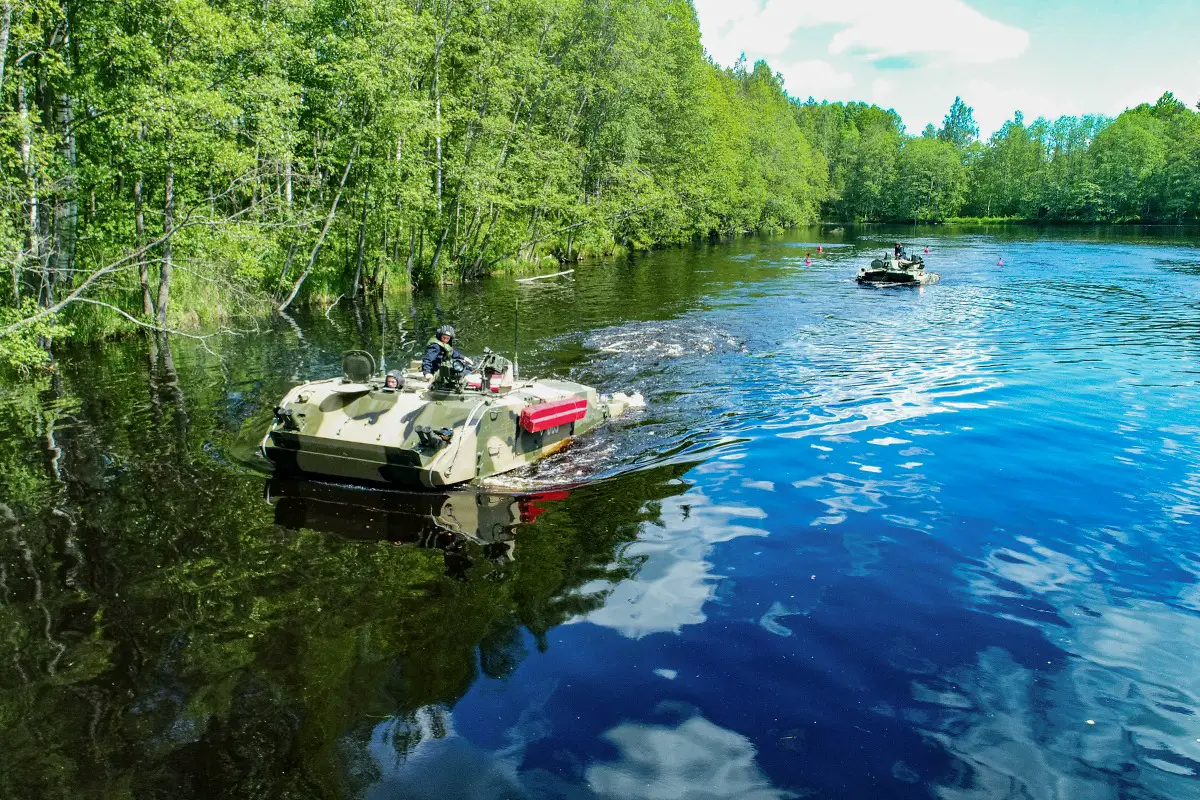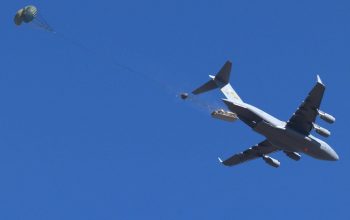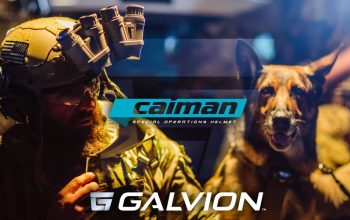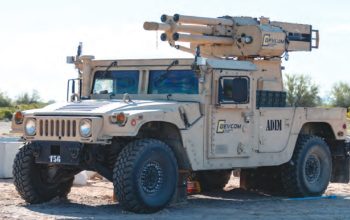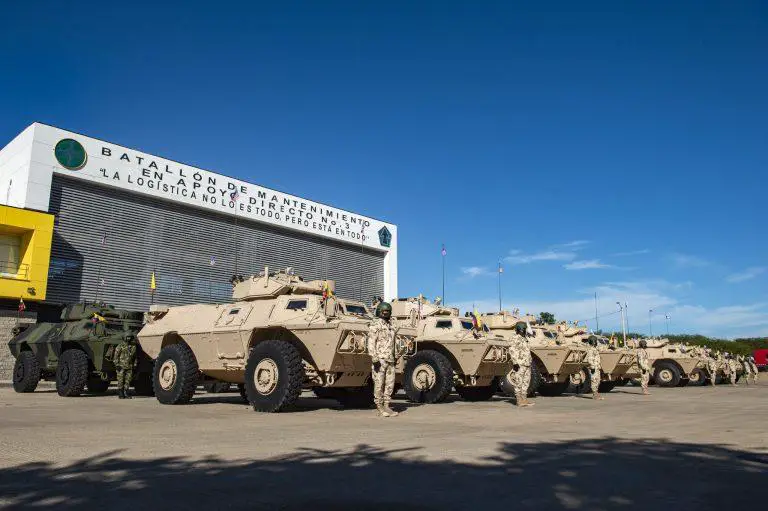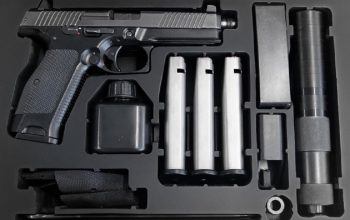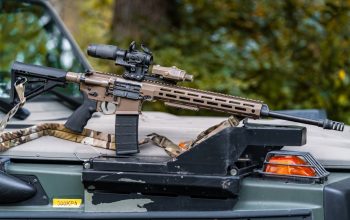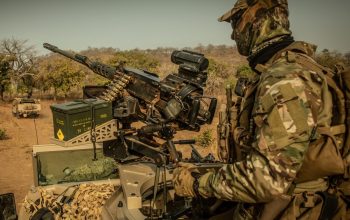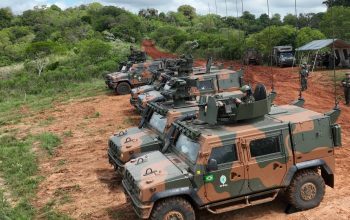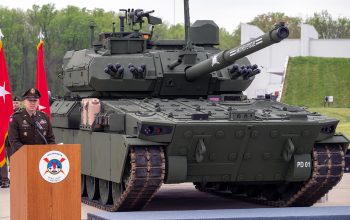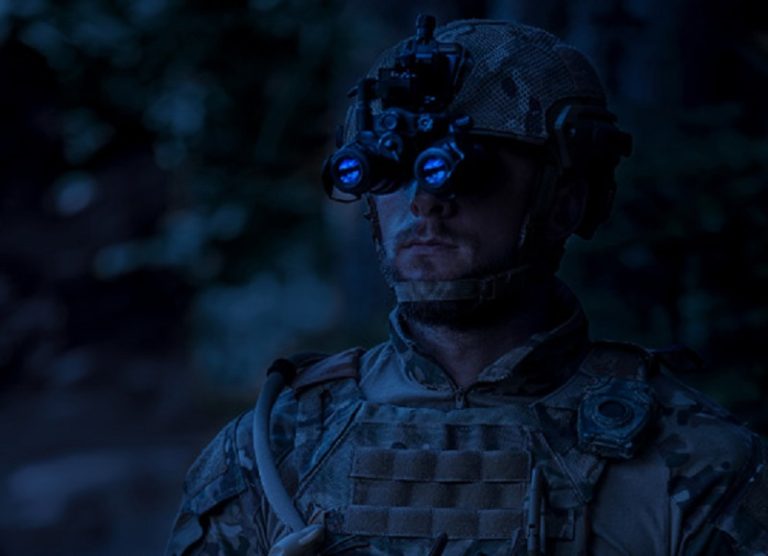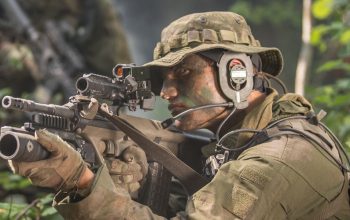Russian 76th Guards Air Assault Division performs a water crossing during an amphibious operations exercise. The airborne troops from the Pskov Guards amphibious assault unit practiced overcoming natural water obstacles, performing the training exercise driving equipment afloat on the latest combat vehicles of the BMD-4M and BTR-MDM types. The 76th Guards Air Assault Division is a division of the Russian Airborne Troops based in Pskov.
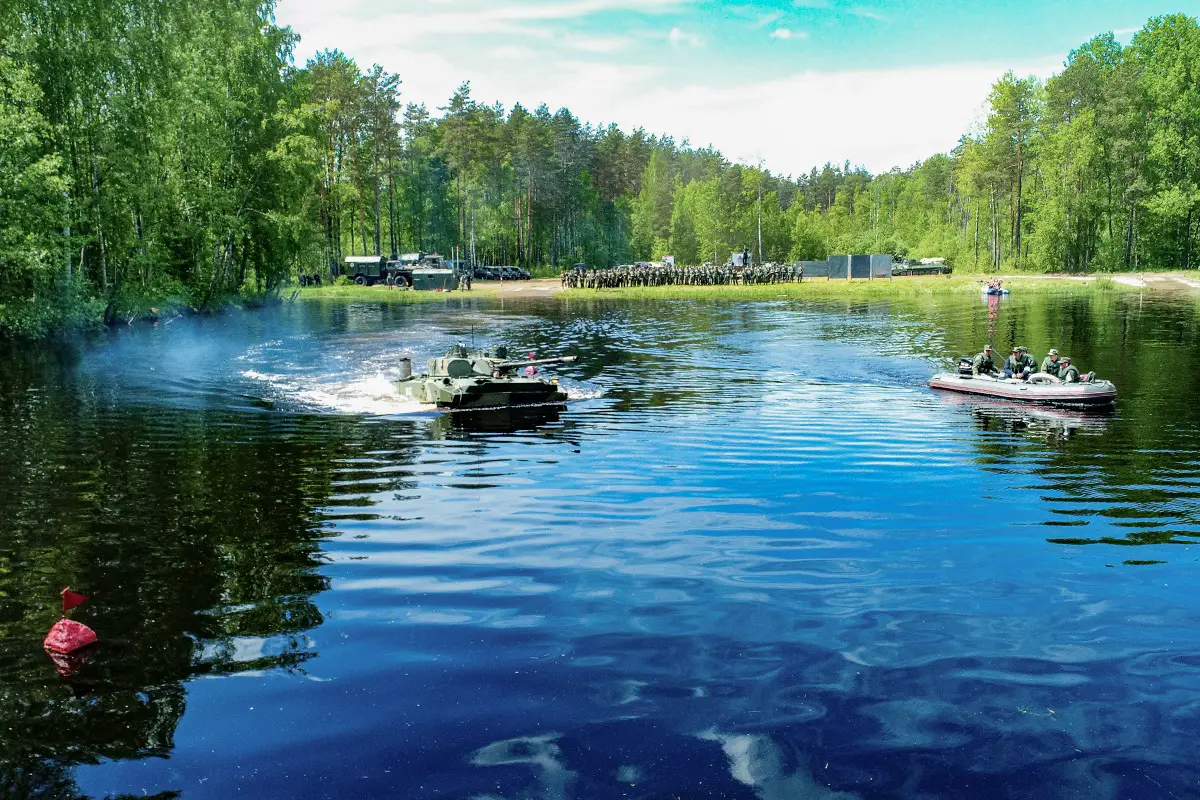
The practical actions of combat vehicle crews took place at a special equipped training ground near Pskov. Before starting training, the servicemen studied the safety requirements, passed the swimming standards, took a course of light diving training and worked out the emergency exit of cars on special simulators. More than 300 airborne troops were involved in the operation of driving combat vehicles afloat.
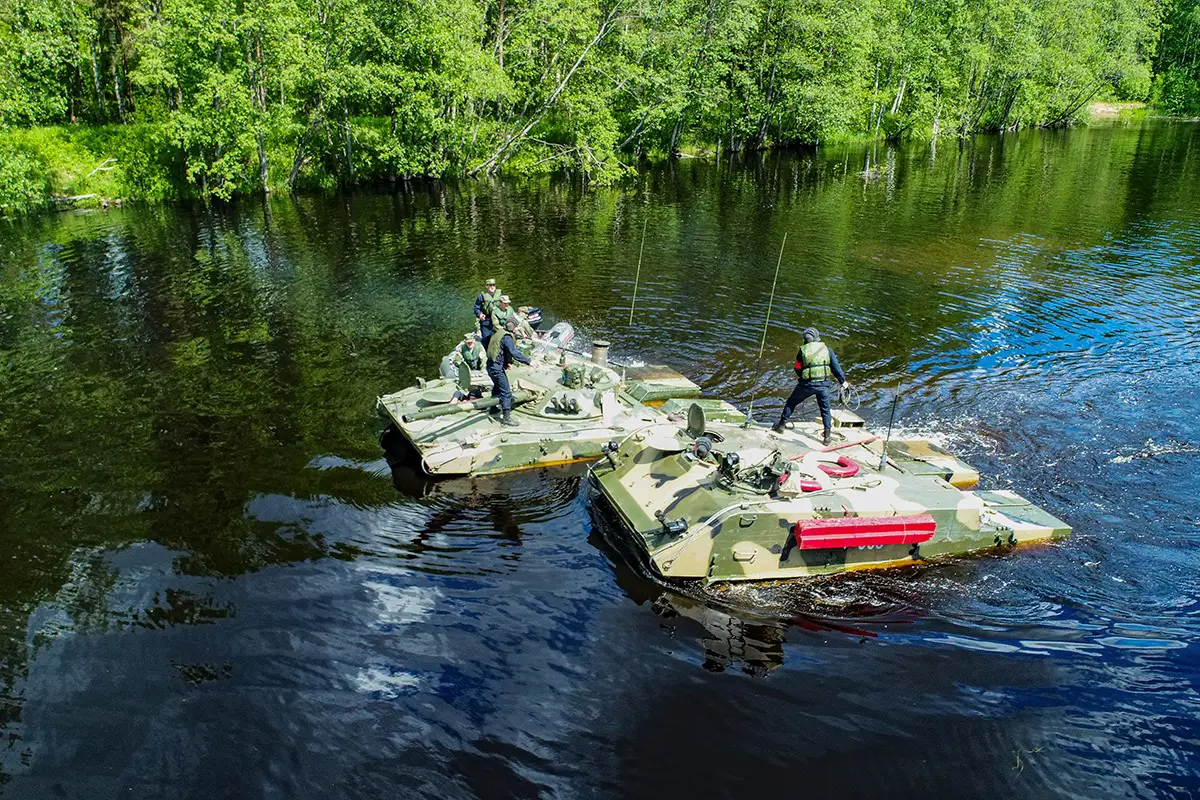
The BMD-4 (Boyevaya Mashina Desanta-4) is one of the lightest and one of the most heavily armed in its class, possessing a substantial amount of firepower in comparison to its counterparts. The airborne vehicle was designed to transport Russian Airborne Troops (VDV); increasing its mobility, armament, and protection on the battlefield. In 2008, a modernized version, designated as the BMD-4M, was introduced with significant contributions from Kurganmashzavod; the designer of the BMP.
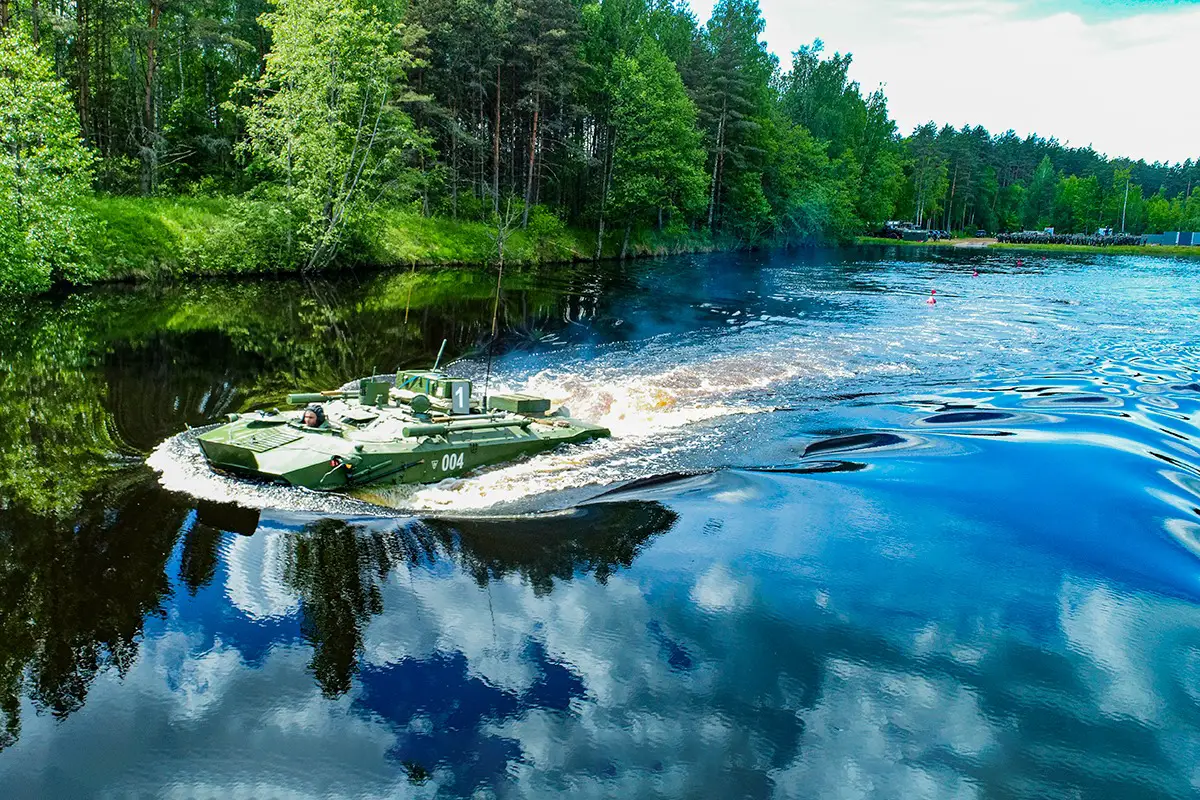
BTR-MDM is an armored personnel carrier based on BMD-4M. It can carry 3 crews and 12 troops. BTR-MDM is a tracked, airborne, multi-purpose, fully-amphibious armoured personnel carrier (APC) developed primarily for the Russian Army as well as the Russian Marine Corps.It can be configured as command post machine, communications and control machinery, medical vehicle, and logistics vehicle. While the BTR-D is based on the BMD-1, it is 60 mm longer and lacks a turret; instead.



